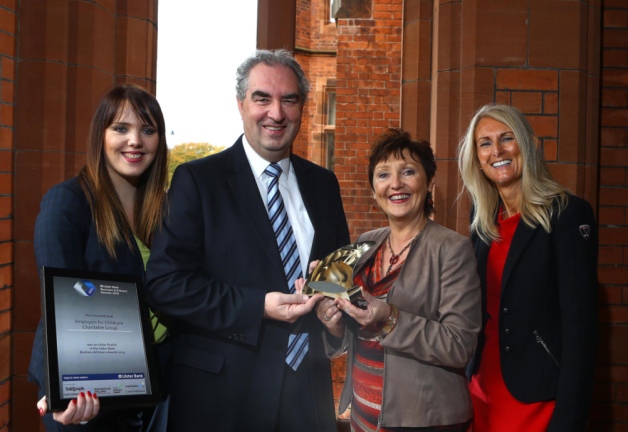Government Grants
Business Grants
Home Owner Programs
Federal Programs
About Us
Early Detection of Certain Medical Conditions Related to Environmental Health Hazards Supplement
Libby, Montana was the site of a vermiculite mining and processing operation from the early 1920’s through 199 0. While it was in operation, Libby was the world’s largest source of vermiculite.
The commercial uses of vermiculite include insulation, fire proofing, and as a soil conditioner.
Unfortunately, Libby vermiculite is contaminated with amphibole asbestos.
This has resulted in asbestos-related morbidity and mortality in vermiculite workers, their family members, and residents with neither occupational nor para-occupational exposure.
Reports of pervasive asbestos-related health outcomes in Libby prompted a concerted response by the federal government in 199 9. A large component of this response was community-based screening conducted by the Agency for Toxic Substances and Disease Registry (ATSDR) in 2000 and 2001 in which 7,307 persons were screened.
Additional screening was funded by ATSDR via a grant to the Montana Department of Health and Human Services 2003-2008 and to the Lincoln County Health Department 2009-201 1. Libby was subsequently declared and environmental public health emergency and language was included in the Affordable Care Act (ACA, Public Law 111-148; https://www.hhs.gov/sites/default/files/ppacacon.pdf) to continue to make screening available to persons with potential past exposure to vermiculite while they resided in the Libby area.
Persons with positive screening results may be eligible for Medicare benefits.
The present notice of funding opportunity (NOFO) is to provide supplemental funding for screening activities currently being funded under the ACA.
That screening program is expected to result in improved survival of participants with asbestos-related cancers, reduced rates of smoking-related diseases, and improved quality of life for participants.
The commercial uses of vermiculite include insulation, fire proofing, and as a soil conditioner.
Unfortunately, Libby vermiculite is contaminated with amphibole asbestos.
This has resulted in asbestos-related morbidity and mortality in vermiculite workers, their family members, and residents with neither occupational nor para-occupational exposure.
Reports of pervasive asbestos-related health outcomes in Libby prompted a concerted response by the federal government in 199 9. A large component of this response was community-based screening conducted by the Agency for Toxic Substances and Disease Registry (ATSDR) in 2000 and 2001 in which 7,307 persons were screened.
Additional screening was funded by ATSDR via a grant to the Montana Department of Health and Human Services 2003-2008 and to the Lincoln County Health Department 2009-201 1. Libby was subsequently declared and environmental public health emergency and language was included in the Affordable Care Act (ACA, Public Law 111-148; https://www.hhs.gov/sites/default/files/ppacacon.pdf) to continue to make screening available to persons with potential past exposure to vermiculite while they resided in the Libby area.
Persons with positive screening results may be eligible for Medicare benefits.
The present notice of funding opportunity (NOFO) is to provide supplemental funding for screening activities currently being funded under the ACA.
That screening program is expected to result in improved survival of participants with asbestos-related cancers, reduced rates of smoking-related diseases, and improved quality of life for participants.
Related Programs
Affordable Care Act Program for Early Detection of Certain Medical Conditions Related to Environment
Department of Health and Human Services
Agency: Department of Health and Human Services
Office: Centers for Disease Control - ATSDR
Estimated Funding: $999,999
Office: Centers for Disease Control - ATSDR
Estimated Funding: $999,999
Obtain Full Opportunity Text:
See Related Documents
Additional Information of Eligibility:
Eligibility is limited - only current applicants funded under TS19-1902 will be considered eligible.
Full Opportunity Web Address:
See Related Documents
Contact:
Agency Email Description:
thl3@cdc.gov
Agency Email:
Date Posted:
2021-04-27
Application Due Date:
Archive Date:
2021-07-26
Social Entrepreneurship
Spotlight
Childcare Charitable Group Named Top Social Enterprise

Employers For Childcare Charitable Group (EFCG), a Lisburn-based charity, has been crowned top Social Enterprise at the Ulster Final of 2014’s Ulster Bank Business Achievers Awards. EFCG seeks to “make it easier for parents with dependent children to get into work and to stay in work.”
